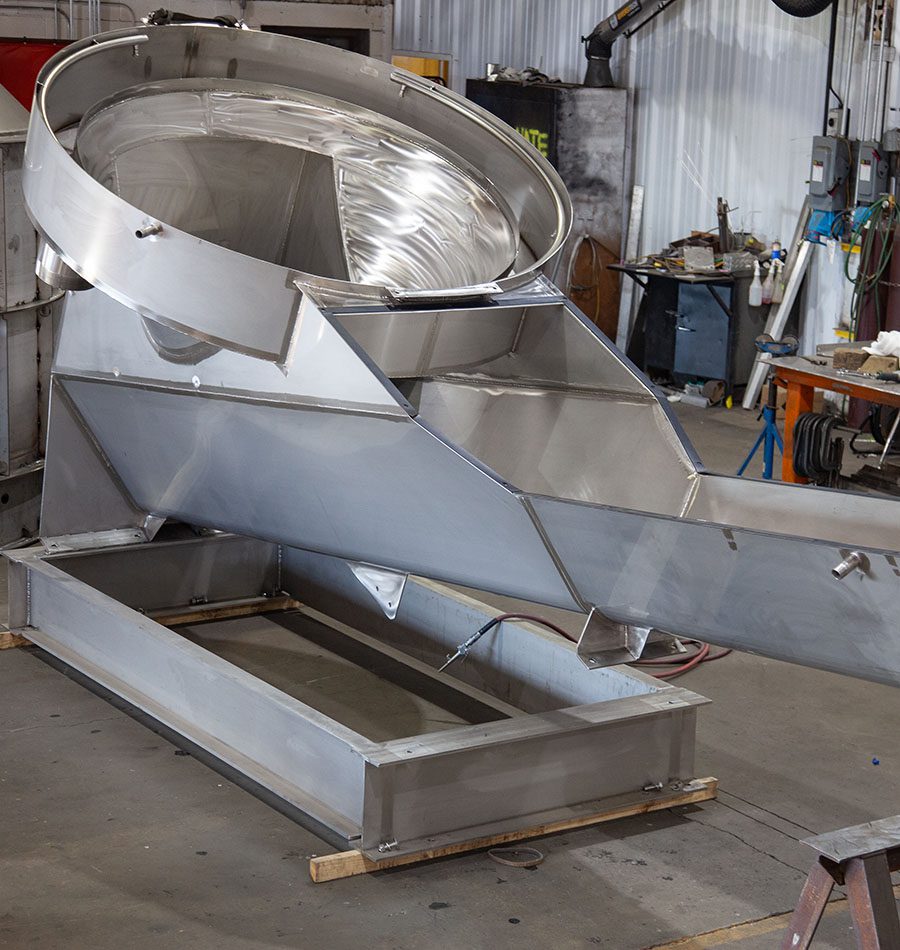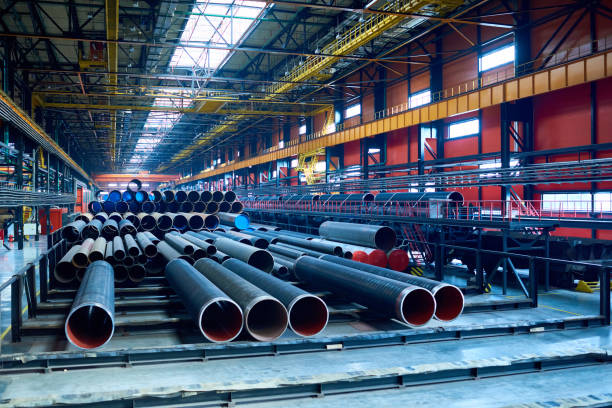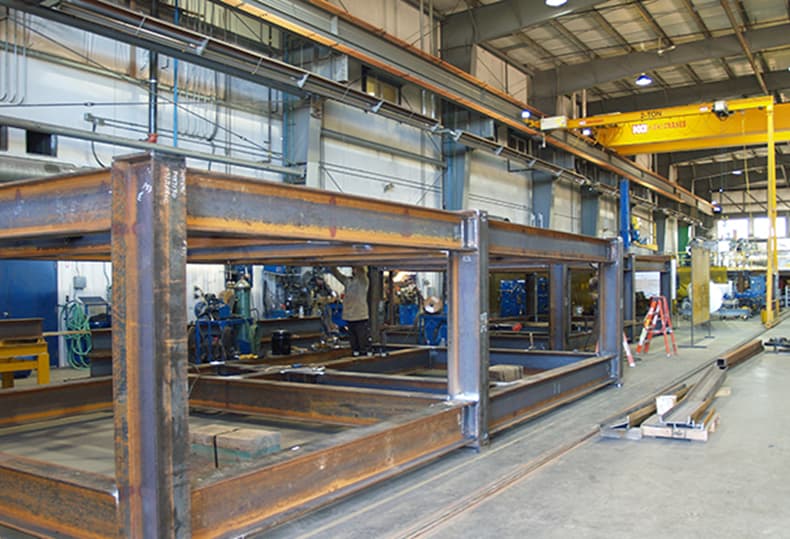Ideal Steel Fabricators Melbourne: Transforming Concepts into Truth
Ideal Steel Fabricators Melbourne: Transforming Concepts into Truth
Blog Article
Cutting-edge Fads in Steel Fabrication: Enhancing Resilience and Accuracy
In the realm of steel fabrication, the pursuit of sturdiness and precision has actually led to a wave of cutting-edge trends that are reshaping the sector. These fads are not just shaping the present but likewise laying the groundwork for the future of steel fabrication, promising additional improvements in longevity and precision.
Advanced Welding Technologies
In the world of steel manufacture, the adoption of sophisticated welding innovations has substantially revolutionized the sector's technique to achieving remarkable quality and precision in architectural welds. Advanced welding technologies, such as laser light beam welding and friction stir welding, have actually emerged as game-changers in the field. By leveraging these innovative welding techniques, steel fabricators can elevate the toughness, strength, and precision of their structural welds, meeting the increasingly demanding needs of modern-day building and construction projects.
Robotic Automation in Fabrication
Accepting robotic automation has come to be a foundation of contemporary steel construction practices, simplifying procedures and enhancing efficiency across the industry. Robots are changing the means steel components are produced, supplying unparalleled precision and speed while decreasing human mistake. These automated systems can deal with repetitive jobs with consistent accuracy, bring about better end items.
One key advantage of robotic automation in steel construction is the ability to work all the time without exhaustion, dramatically increasing manufacturing outcome. This continual procedure reduces downtime and increases job timelines, ultimately conserving costs for manufacturers. Additionally, robotics can be set to execute elaborate jobs that might be tough or hazardous for human workers, boosting security in the workplace.
Moreover, robotic automation enables smooth integration with other digital innovations, such as computer-aided layout (CAD) software application and Web of Points (IoT) systems (metal fabrication melbourne). This interconnected technique boosts communication between different phases of construction, enhancing workflows and ensuring real-time surveillance and control. As the steel fabrication sector continues to develop, robotic automation attracts attention as a transformative pressure driving performance and accuracy in making processes

High-Strength Alloy Growth
The advancement of high-strength alloy development in steel construction is improving the industry's technique to improving product resilience and performance. High-strength alloys are crafted to display exceptional mechanical residential or commercial properties, such as raised tensile strength, durability, and corrosion resistance compared to traditional steel grades. By integrating these innovative alloys into construction procedures, suppliers can create components that stand up to higher tension levels and harsh atmospheres, leading to more dependable and sturdy final result.
One key advantage of high-strength alloy growth is the ability to minimize material density without endangering architectural honesty. This not only results in lighter-weight parts however additionally contributes to cost savings and boosted effectiveness in construction and setting up procedures. Furthermore, the boosted strength-to-weight proportion of these alloys enables the design and building and construction of frameworks with greater load-bearing abilities while decreasing overall weight.
3D Modeling and Simulation Software
Improvements in steel manufacture procedures have been dramatically propelled by the combination of innovative 3D modeling and simulation software program tools. These devices allow fabricators to produce thorough virtual designs of index their projects, allowing them to visualize the end product with accuracy prior to any type of physical job begins. By imitating numerous stress and anxiety elements, environmental problems, and architectural loads, producers can maximize designs for boosted sturdiness and efficiency. Furthermore, 3D modeling and simulation software program enhance the production procedure by identifying potential concerns beforehand, decreasing the demand for expensive rework and lessening product waste.

Lasting Practices in Steel Production
Incorporating lasting practices into steel production processes is vital for lessening visit the website environmental impact and guaranteeing long-lasting source schedule. One essential lasting practice is the adoption of energy-efficient modern technologies to lower greenhouse gas emissions throughout the steel manufacturing process. This consists of utilizing renewable resource sources, such as solar or wind power, to power steel plants and carrying out energy-efficient tools to enhance energy usage.
An additional critical facet of sustainable steel production is the accountable sourcing of basic materials. This entails guaranteeing that the iron ore and various other sources made use of in steelmaking are obtained from environmentally friendly and honest sources. By advertising openness in the supply chain and sticking to stringent environmental standards, steel manufacturers can reduce the unfavorable impacts of resource extraction on neighborhood communities and communities.

Verdict
In conclusion, the cutting-edge fads in steel construction such as sophisticated welding technologies, robotic automation, high-strength alloy development, 3D modeling and simulation software program, and lasting practices are enhancing the longevity and precision of steel items. These improvements are revolutionizing the steel manufacture market by boosting efficiency, high quality, and sustainability. It is clear that the future of steel manufacture hinges on embracing these innovative innovations to satisfy the demands of modern-day construction and production sectors.
In the realm of steel construction, the search of toughness and precision has led to a wave of ingenious patterns that are improving the industry.In the world of steel fabrication, the adoption of sophisticated welding technologies has considerably transformed the sector's approach to accomplishing remarkable high quality and precision in structural welds. As the steel manufacture industry continues to advance, robot automation stands out as a transformative pressure driving effectiveness and accuracy in making procedures.
Additionally, reusing and reusing steel scrap and waste materials play a substantial function in enhancing the sustainability of steel manufacturing. steel fabrication melbourne.In final thought, the ingenious trends in steel construction such as sophisticated welding innovations, robot automation, high-strength alloy growth, 3D modeling and simulation software program, and lasting methods are improving the durability and precision of steel products
Report this page